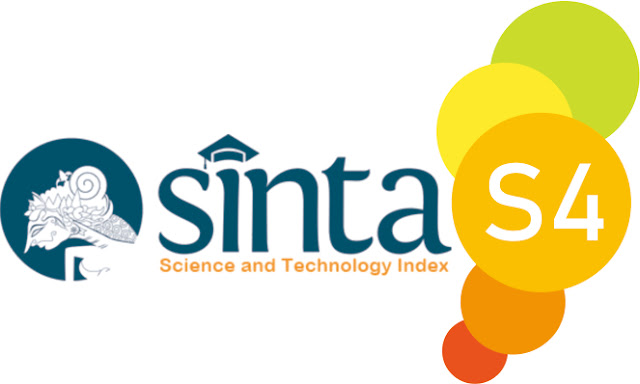Analysis of Lead (Pb) Content in Cooking Oil Repeatedly by Fried Food Sellers
DOI:
https://doi.org/10.53861/lontarariset.v5i1.429Keywords:
Lead (Pb), Repeated cooking oil, Atomic Absorption SpectrophotometerAbstract
People have a lifestyle that tends to involve consuming junk food. Fried food is popular among the public because it is fast to serve and easy to obtain. However, the public is less aware of the safety level of fried food sold on the roadside, including fried food sellers' repeated use of cooking oil. Fried food sellers generally operate on the side of the road, where it is highly likely that lead metal (Pb) from dust particles and fumes from passing vehicles will settle in the frying pans and finished fritters. This research aims to determine the levels of Pb in cooking oil repeatedly used by fried food traders around the Muhammadiyah Makassar Health Polytechnic campus. The study was conducted as a laboratory experiment by collecting 10 samples of cooking oil repeatedly used by fried food traders. Based on the results of qualitative tests using the color reaction test method with 10% K2CrO4, 3 samples tested positive while 7 samples tested negative. Subsequently, a quantitative test was conducted by analyzing the Pb levels using the Atomic Absorption Spectrophotometry method. The levels obtained were 0.1317 mg/kg for sample B, 0.2163 mg/kg for sample H, and 0.1589 mg/kg. The maximum allowable limit for lead (Pb) contamination, as stipulated in the Regulation of the Head of BPOM RI No. HK.00.06.1.52.4011 of 2009, is 0.1 mg/kg. Therefore, it can be concluded that cooking oil for frying on the roadside around the Muhammadiyah Makassar Health Polytechnic campus, when repeatedly used, can lead to increased levels of lead (Pb), as evidenced by 3 samples exceeding the maximum allowable limit.
Downloads
Downloads
Published
How to Cite
Issue
Section
License
Lontara Journal Of Health Science And Technology is licensed under Creative Commons.
The journal allows the author to hold the copyright of the article without restrictions.
The journal allows the author(s) to retain publishing rights without restrictions.
The legal formal aspect of journal publication accessibility refers to Creative Commons Attribution 4.0 International (CC BY 4.0).
The Creative Commons Attribution 4.0 International (CC BY 4.0) license allows re-distribution and re-use of a licensed work on the conditions that the creator is appropriately credited and that any derivative work is made available under “the same, similar or a compatible license”. Other than the conditions mentioned above, the editorial board is not responsible for copyright violations.









